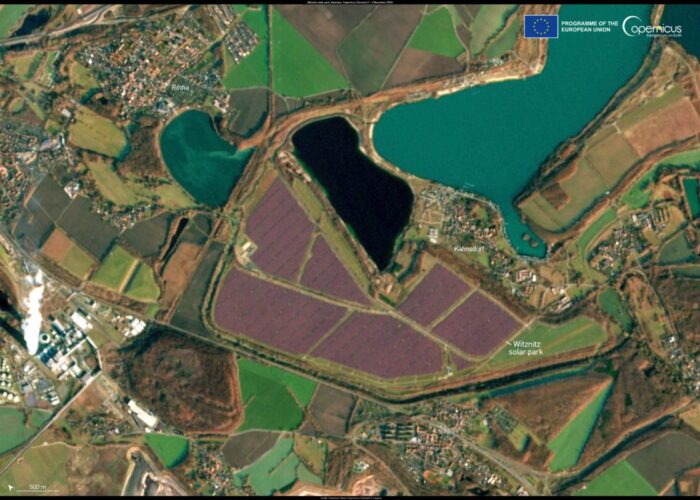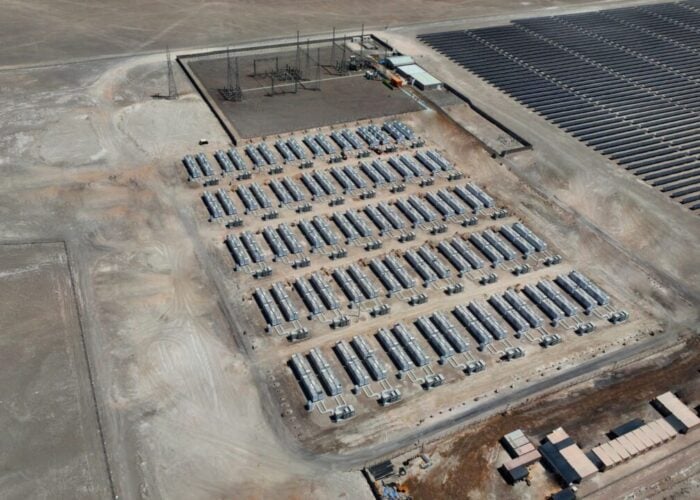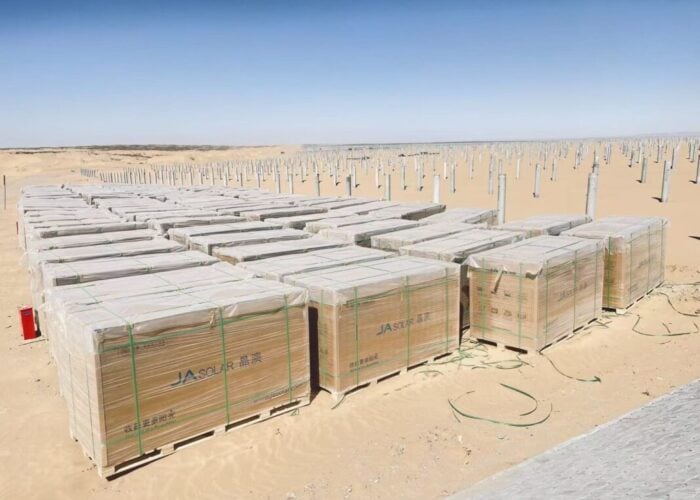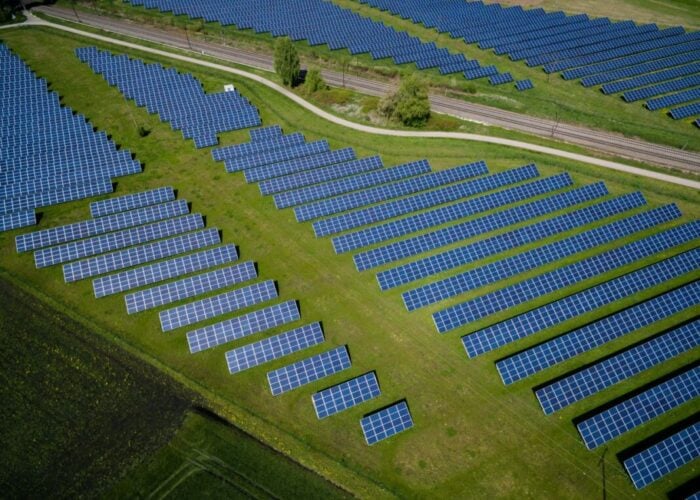Concerns that the widespread development of large-scale solar PV would have a negative impact on global biodiversity have been downplayed in a report by WWF and FirstSolar.
The report has calculated that if all of the world’s electricity demand by 2050 was met with solar photovoltaics alone, only 1% of the global land area would need to be used.
Unlock unlimited access for 12 whole months of distinctive global analysis
Photovoltaics International is now included.
- Regular insight and analysis of the industry’s biggest developments
- In-depth interviews with the industry’s leading figures
- Unlimited digital access to the PV Tech Power journal catalogue
- Unlimited digital access to the Photovoltaics International journal catalogue
- Access to more than 1,000 technical papers
- Discounts on Solar Media’s portfolio of events, in-person and virtual
Or continue reading this article for free
WWF and FirstSolar claim the report debunks common perceptions that the development of large PV installations is incompatible with habitat conservation aims.
The report focuses on case studies Indonesia, Madagascar, Mexico, Morocco, South Africa, Turkey and the Indian state of Madhya Pradesh, all regions with diverse natural environments and significant potential for widespread development of solar PV.
It concludes that PV technology, when well planned, does not conflict with conservation goals and clarifies that countries should not have to choose between solar PV and space for humans and nature.
“As climate change increasingly threatens people and the natural world, it is more important than ever to work for the rapid and wide-scale adoption of well sited, responsibly operated renewable energy power facilities. Environmental protection and renewable energy can and are developing in parallel,” said Samantha Smith, leader of the WWF's Global Climate & Energy Initiative.
“Research has found that PV power plants provide considerable environmental benefits, including a low carbon footprint and a short energy pay-back time. Replacing existing grid electricity with PV arrays significantly reduces greenhouse gas and heavy metal emissions as well water usage,” said Lettemieke Mulder, First Solar Vice President for Sustainability.







